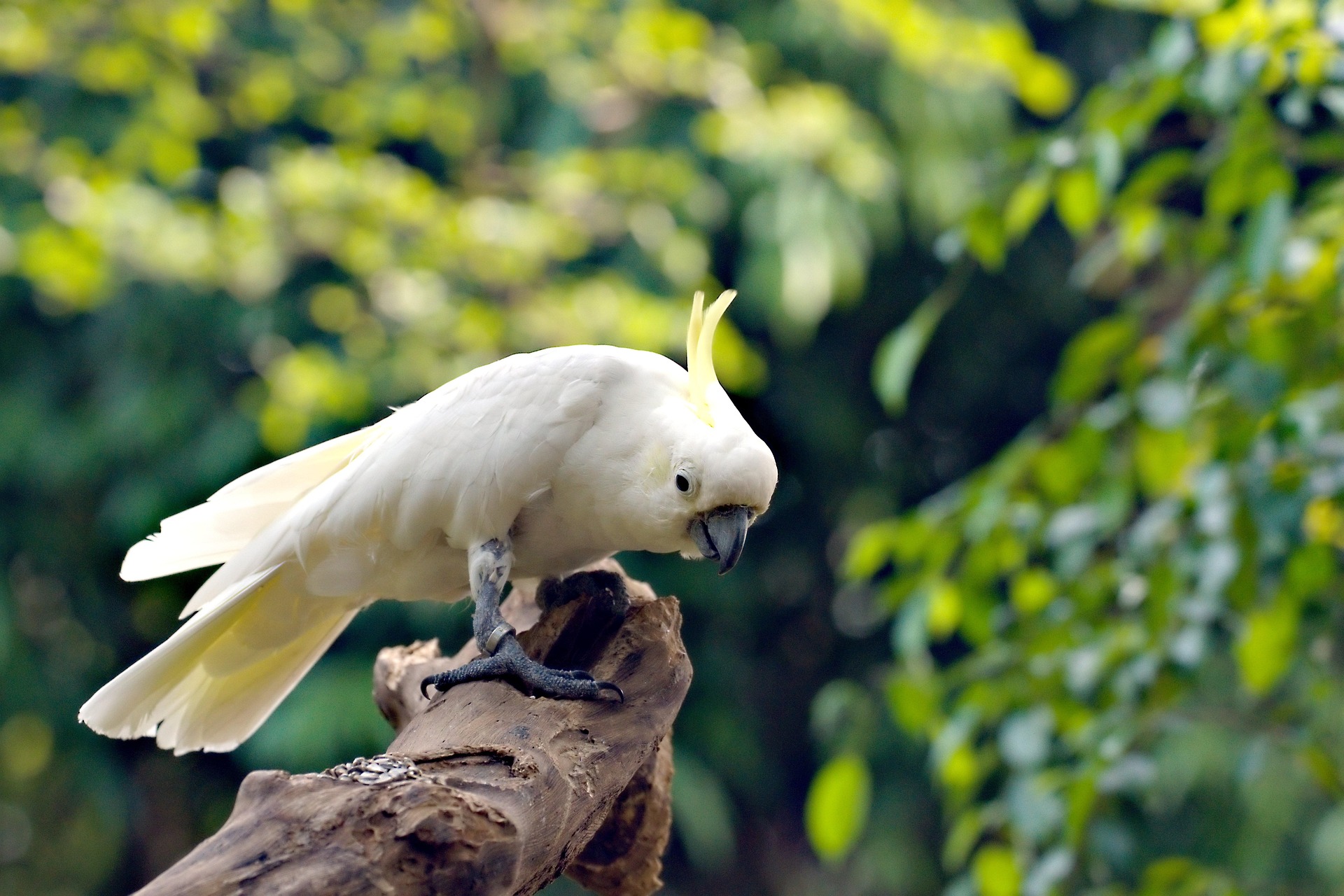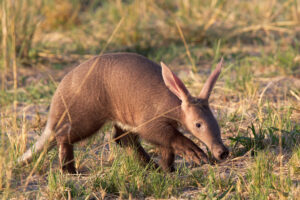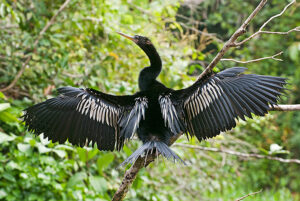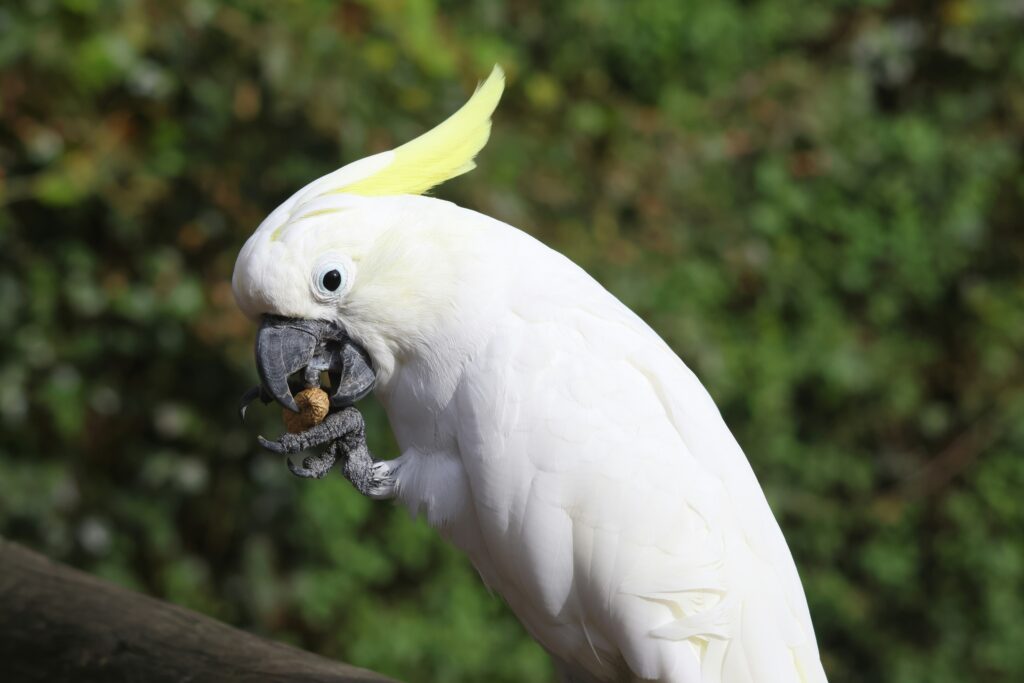
Cockatoos are some of the most beloved and recognizable parrots in the world. Known for their striking crests, vibrant plumage, and playful personalities, these birds have captured the hearts of bird lovers and pet owners alike. Native to Australia and the surrounding islands, cockatoos are not only stunning to look at but also incredibly intelligent and social creatures. From their unique behaviors to their environmental adaptability, let’s take a closer look at what makes cockatoos so fascinating.
What Are Cockatoos?
Cockatoos are medium to large-sized parrots that belong to the Cacatuidae family, a group of birds that includes around 21 species. They are most commonly found in Australia, New Guinea, and nearby islands such as the Philippines. Cockatoos are distinguished by their distinctive crests—a fan of feathers atop their heads that they can raise and lower. They also have strong, curved beaks and large, powerful feet that allow them to climb trees and manipulate food.
These birds are known for their striking and often colorful appearances. While many cockatoos have white feathers, some species feature vibrant colors, including pink, yellow, and even black. The Sulphur-crested Cockatoo, for example, is known for its striking white feathers and bright yellow crest, while the Major Mitchell’s Cockatoo has a beautiful pink and white plumage.
Physical Characteristics
One of the most defining features of cockatoos is their crest, which they can raise in response to emotions or in a display to attract attention. When threatened, excited, or curious, cockatoos will often raise their crests to express their feelings. These birds also have strong beaks that allow them to break open seeds, nuts, and fruits—foods that make up a significant part of their diet.

Cockatoos vary in size depending on the species, with most measuring between 12 and 24 inches (30 to 60 cm). They typically have robust, muscular bodies, and their large feet are adapted for perching and climbing. The strong, curved beaks of cockatoos allow them to manipulate objects with great precision, adding to their impressive problem-solving skills.
Habitat and Distribution
Cockatoos are native to Australia, New Guinea, and surrounding islands in Southeast Asia. These adaptable birds thrive in a variety of habitats, including tropical rainforests, woodlands, coastal regions, and even urban areas. They are often seen in forests and parks, where they nest in tree hollows and forage for food in the treetops.
While cockatoos are commonly found in the wild, they have also adapted to human environments, such as cities and suburban areas. In Australia, it’s not uncommon to see cockatoos foraging in parks or gardens, where they scavenge for food or interact with local residents.
Diet and Feeding Habits
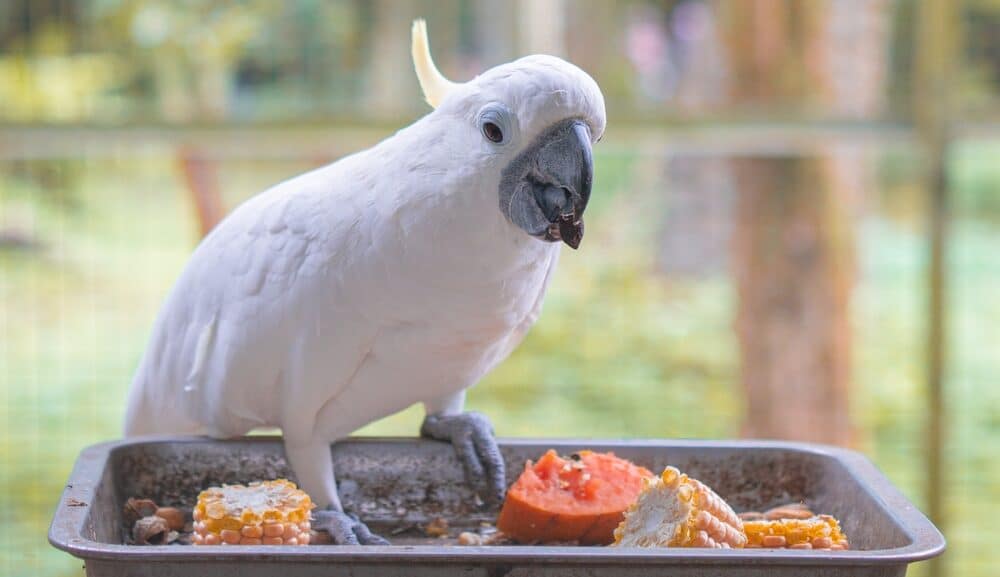
Cockatoos are omnivores, meaning they eat a variety of foods, including seeds, nuts, fruits, berries, and flowers. In the wild, they feed on the seeds of native trees like acacia and eucalyptus, as well as various fruits and roots. Their strong beaks and claws make it easy for them to break open hard seeds or nuts and reach the nutritious contents inside.
While they are opportunistic feeders, cockatoos are particularly fond of acorns, seeds, and other plant-based foods. They are also known to eat insects and small invertebrates when available, adding a bit of protein to their diet.
In urban areas, cockatoos are sometimes seen raiding bird feeders or foraging for leftover food. Their ability to adapt to different environments has allowed them to thrive even in cities and towns, where they may interact with humans and other animals.
Behavior and Intelligence
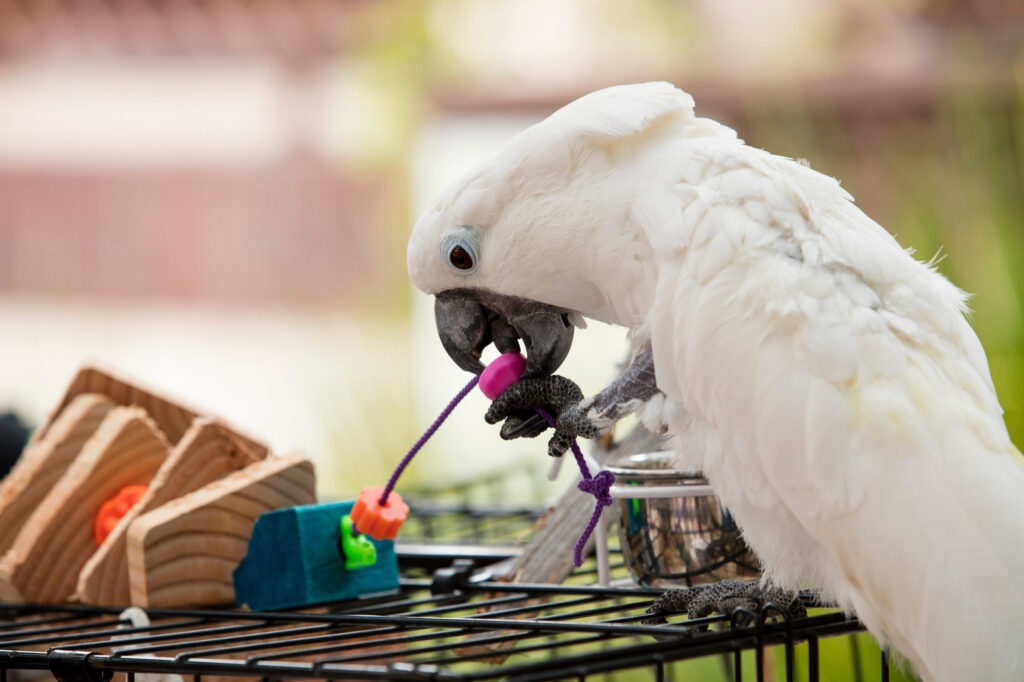
Cockatoos are renowned for their intelligence and problem-solving abilities. In the wild, they use their remarkable cognitive skills to find food, navigate their environment, and communicate with their flockmates. These birds are known to be highly social and often live in large flocks, where they engage in social behaviors such as preening, calling, and playing.
Cockatoos are also excellent mimics. They can imitate a wide range of sounds, including human speech, the calls of other animals, and even mechanical noises. Some species, such as the Umbrella Cockatoo and the Moluccan Cockatoo, are known for their ability to mimic human speech with surprising accuracy.
These birds are also extremely playful and curious. In captivity, cockatoos often enjoy playing with toys, interacting with their human caregivers, and exploring their surroundings. Their playful nature makes them a joy to watch, but it also means they need plenty of stimulation to stay happy and healthy.
Breeding and Nesting
Cockatoos typically breed during the Australian spring and summer months, although the timing can vary depending on the species and location. They build their nests in tree hollows, where the female lays a clutch of one to three eggs. Both parents take turns incubating the eggs and caring for the chicks once they hatch.

In many cockatoo species, the pair bond is strong, with some species forming lifelong partnerships. For example, the Galah Cockatoo, known for its pink and grey plumage, is known to form monogamous pairs that stay together throughout their lives.
Once the chicks are old enough to leave the nest, they remain dependent on their parents for food and protection until they are ready to venture out on their own.
Conservation Status
Many species of cockatoos are facing significant threats due to habitat destruction, the illegal pet trade, and climate change. Some species, such as the Black Cockatoo and Palm Cockatoo, are considered vulnerable or endangered. Deforestation, urbanization, and the destruction of their natural habitats are major factors contributing to the decline of these beautiful birds.
Conservation efforts are underway to protect cockatoos and their habitats. Some species have become increasingly rare in the wild, but with the right conservation measures and habitat protection, there is hope for their future. Protecting cockatoos means preserving the diverse ecosystems that support them, as well as reducing the demand for wild-caught birds in the pet trade.
Conclusion
Cockatoos are among the most captivating and intelligent bird species on the planet. With their vibrant plumage, impressive problem-solving abilities, and playful behavior, they continue to charm bird lovers around the world. Whether in the wild or in captivity, these birds offer a glimpse into the beauty and complexity of nature. As we continue to learn more about them, it is important to ensure that we protect their habitats and preserve these amazing creatures for future generations to enjoy.

